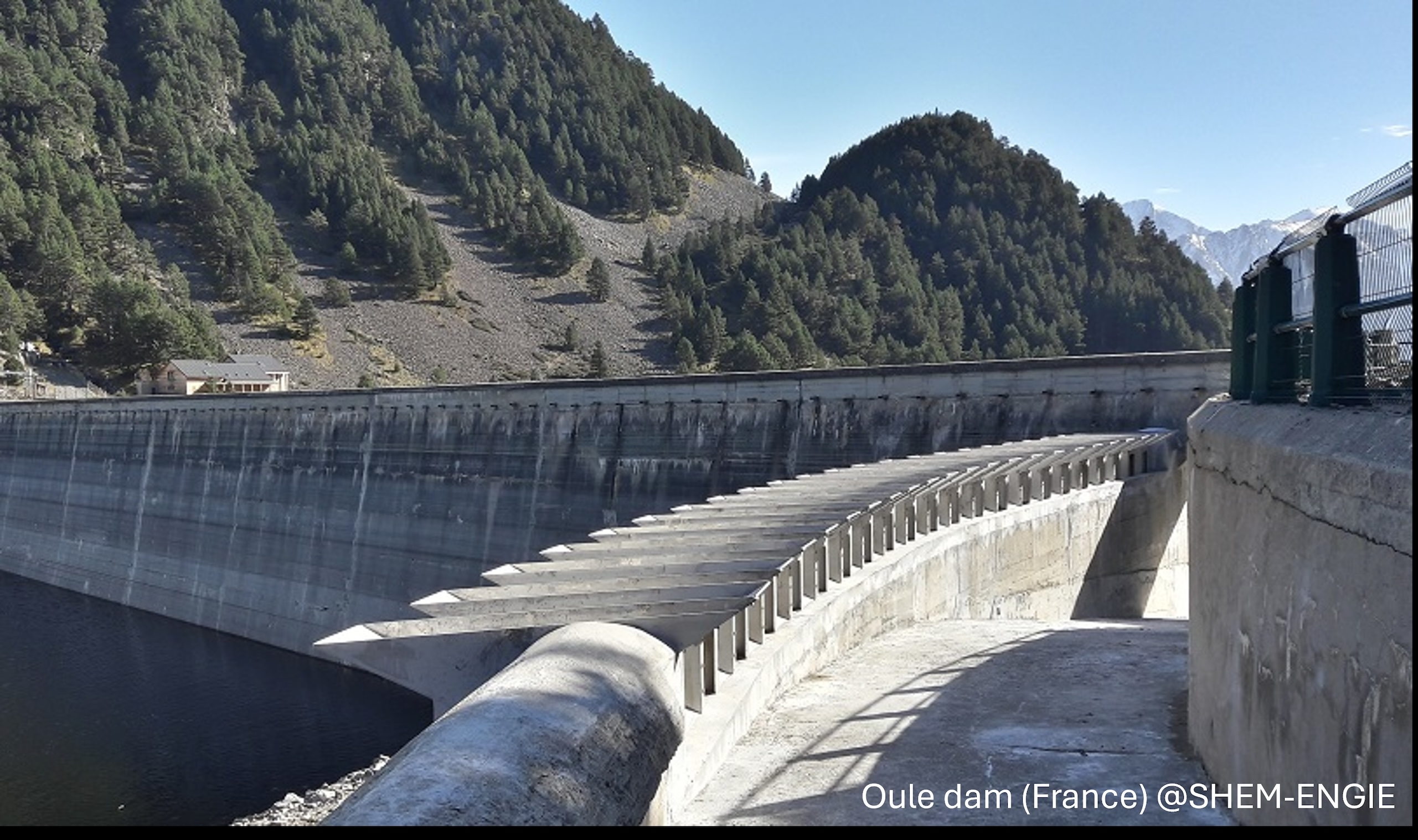Location
Atlanta, GA
Presentation Type
Presentation
Start Date
10-7-2025 4:15 PM
Description
Piano key weirs are characterized by complex three-dimensional flow structures with multiple parameters describing their geometry. The variation of these parameters can affect several flow characteristics such as efficiency, energy dissipation and air entrainment. Identifying the optimal geometry for enhanced hydraulic performance represents a significant challenge. Physical or numerical modeling of multiple geometric variants is necessary to identify the relevant optimal parameters. The key width ratio (between an inlet and an outlet key) represents one of the parameters that influences the hydraulic behavior of the piano key weir. In particular, it affects the discharge coefficient, which in turn affects the overall efficiency of the weir. Moreover, the impact of this parameter varies depending on the specific discharge. Accordingly, a comprehensive study has been conducted on a high-performance computer using the CFD software OpenFOAM to find an optimum range of inlet/outlet key width ratios for a trapezoidal Piano key weir under various discharges. In total, 45 different geometries of Piano key weirs (a weir height of 0.5 m and a width of 1.5 m) with varying key width ratios have been simulated over a range of 60 discharges resulting in 2,700 numerical model runs. The results were evaluated, and a best-fitting function is introduced that describes the efficiency of the weir as a function of key width ratio and discharge.
Included in
Key Width Ratio Influence on Discharge Coefficients of Trapezoidal Piano Key Weirs via OpenFOAM Simulations
Atlanta, GA
Piano key weirs are characterized by complex three-dimensional flow structures with multiple parameters describing their geometry. The variation of these parameters can affect several flow characteristics such as efficiency, energy dissipation and air entrainment. Identifying the optimal geometry for enhanced hydraulic performance represents a significant challenge. Physical or numerical modeling of multiple geometric variants is necessary to identify the relevant optimal parameters. The key width ratio (between an inlet and an outlet key) represents one of the parameters that influences the hydraulic behavior of the piano key weir. In particular, it affects the discharge coefficient, which in turn affects the overall efficiency of the weir. Moreover, the impact of this parameter varies depending on the specific discharge. Accordingly, a comprehensive study has been conducted on a high-performance computer using the CFD software OpenFOAM to find an optimum range of inlet/outlet key width ratios for a trapezoidal Piano key weir under various discharges. In total, 45 different geometries of Piano key weirs (a weir height of 0.5 m and a width of 1.5 m) with varying key width ratios have been simulated over a range of 60 discharges resulting in 2,700 numerical model runs. The results were evaluated, and a best-fitting function is introduced that describes the efficiency of the weir as a function of key width ratio and discharge.


